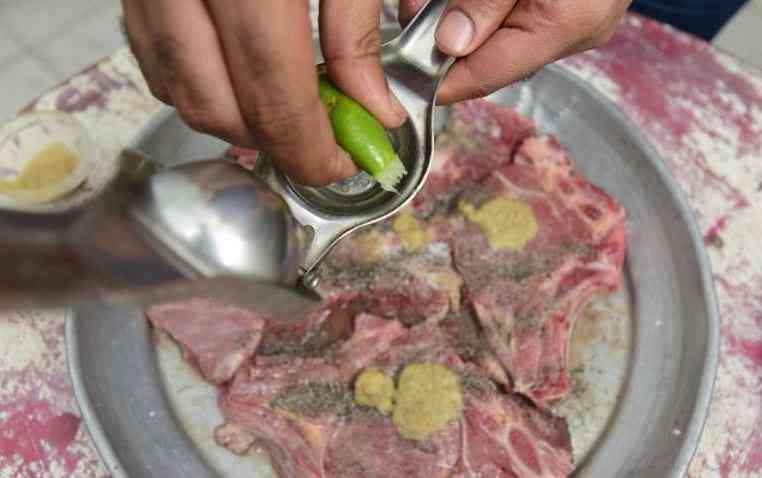
When I got my firstborn, cluelessness is an understatement of how I felt about cleaning my baby. Not even my partner at the time could come to my aid, so we were left there, wondering what to do as our little minion looked at us. I knew the importance of cleanliness, especially since a baby sweats a lot and needs frequent clothes changes, we opted to call our midwife. After a mild scold as to why I didn't pay attention during the antenatal classes, she shared what I now hold on to so dearly.
Here are the steps I follow and often share with my soon- to-be-mum friends, lest they face a similar fate like mine.
Before the bath
It's important to know what time is best for bathing your baby. This is dependent on many factors like the temperature of your home area, whether the diaper has leaked or the baby has food all over, or if bathtime is part of your bedtime routine.
Ensure you don’t bathe your baby straight after a feed or when they’re hungry or tired. As from my midwife's advice, it is a good idea to give a baby a bath at the end of the day since it helps to prepare them for bed.
Since baby's lose heat very fast, especially after a bath, make sure the room is warm by turning on the heater. Ensure you have all the items you will need for the bath before you begin: a baby bath with warm water, non-slip mat, towel, baby soap, lotion or shampoo, a clean nappy, cotton wool, clean clothes and a washcloth. You can add some bath toys which can be used to distract the baby or make the bath fun.
The process
Ensure the water is not hot but warm (38°C). The best way to test the heat is not using your hands or fingers but the tip of your elbow as the skin there is sensitive enough. Fill the baby's bath to about 8cm.
Start by washing their hair and then cleaning the baby's face, before putting them in the bath. For this, dip some cotton wool in the warm water ensuring it doesn’t get too wet, and wipe gently around your baby’s eyes from the inside corner to the outside corner. Be keen to use different cotton balls for each eye to avoid transferring any stickiness or infection from one eye to another.

Next, clean the baby's nose, ensuring each nostril is clean.
Use a fresh piece of cotton wool to clean behind and around the outside of your baby’s ears, taking care not to clean inside them as they can easily be damaged.
Once you’re done, proceed to the rest of your baby’s face i.e. under the chin, neck and hands and dry them gently with the towel.
Lower your baby gently into the bath. Support their back, neck and head with one arm and use the other to wash quickly and thoroughly. Ensure you keep your baby’s head clear of the water. Using your other hand, gently swish the water over your baby without splashing it. For a newborn, ensure you don't tamper with their umbilical cord.
Once satisfied that all parts are clean, gently lift your baby out of the bath and wrap them in a soft dry towel. The bath should not be too long lest the baby feels cold.
General precautions
Never leave the baby alone when bathing. This applies even when the baby can sit by themselves. The reason you should try not to do this is because the child can drown or injure themselves while trying to move around.
If you notice your baby crying too much during the bath, try singing some soothing songs or playing soothing music to make it fun.
Kneel down or sit on a low stool so that you don’t hurt your back, if your baby's bath isn't lifted.
It may be frightening for you at first as you wonder how to clean such a delicate being. Trust me, practice makes perfect. ?
Have you ever The Standard Group Plc is a multi-media organization with investments in media platforms spanning newspaper print
operations, television, radio broadcasting, digital and online services. The Standard Group is recognized as a
leading multi-media house in Kenya with a key influence in matters of national and international interest.
The Standard Group Plc is a multi-media organization with investments in media platforms spanning newspaper print
operations, television, radio broadcasting, digital and online services. The Standard Group is recognized as a
leading multi-media house in Kenya with a key influence in matters of national and international interest.

